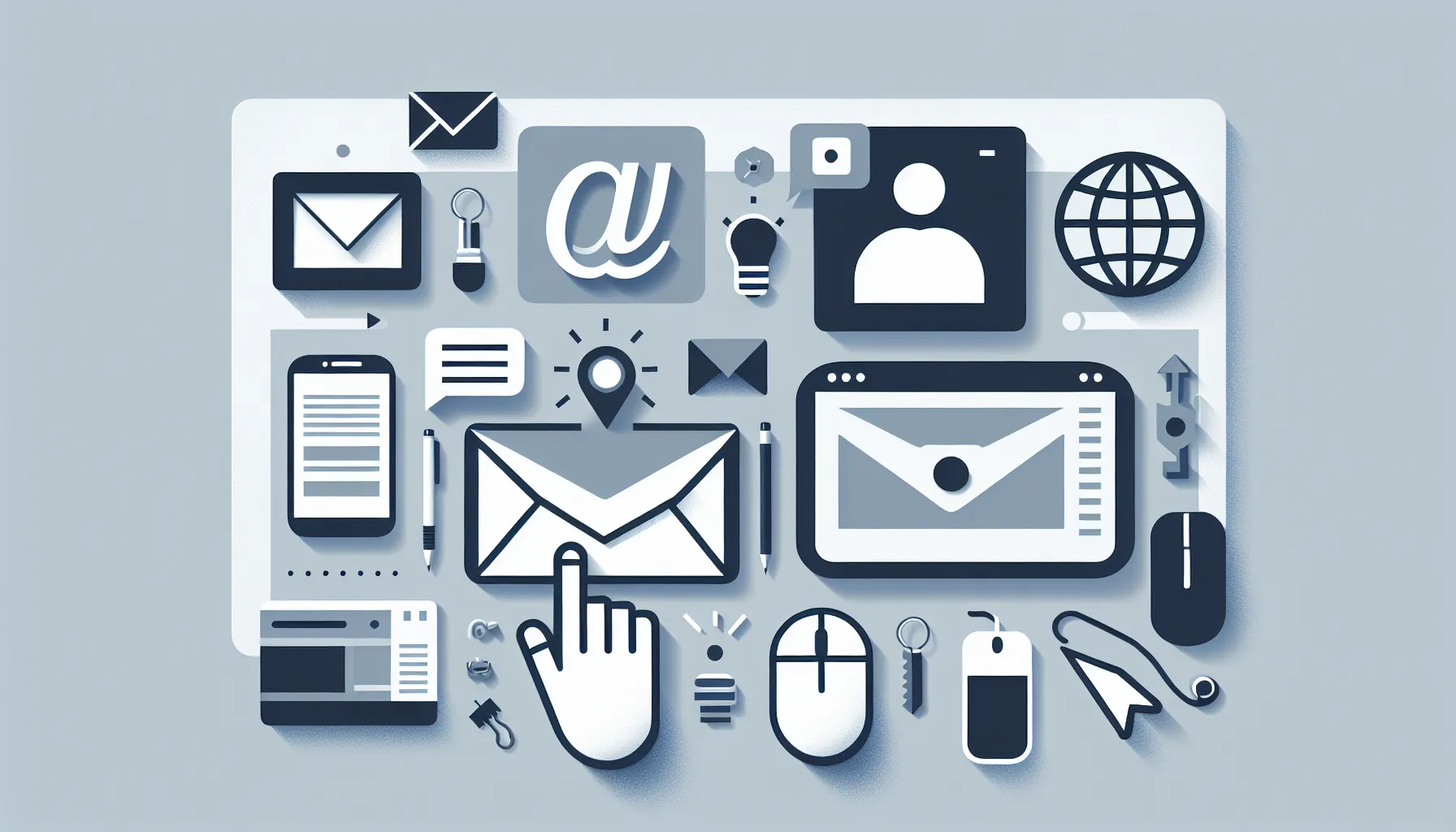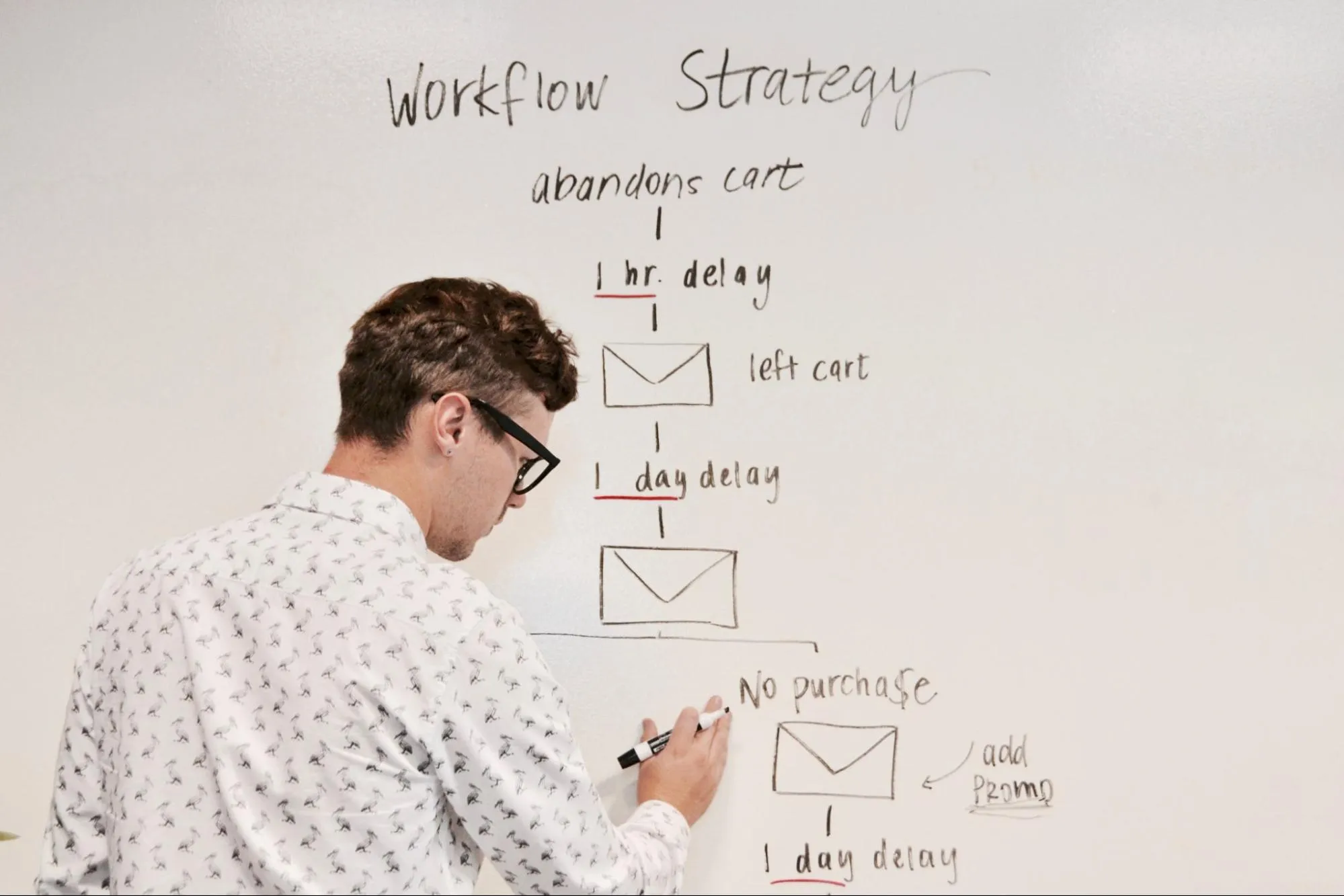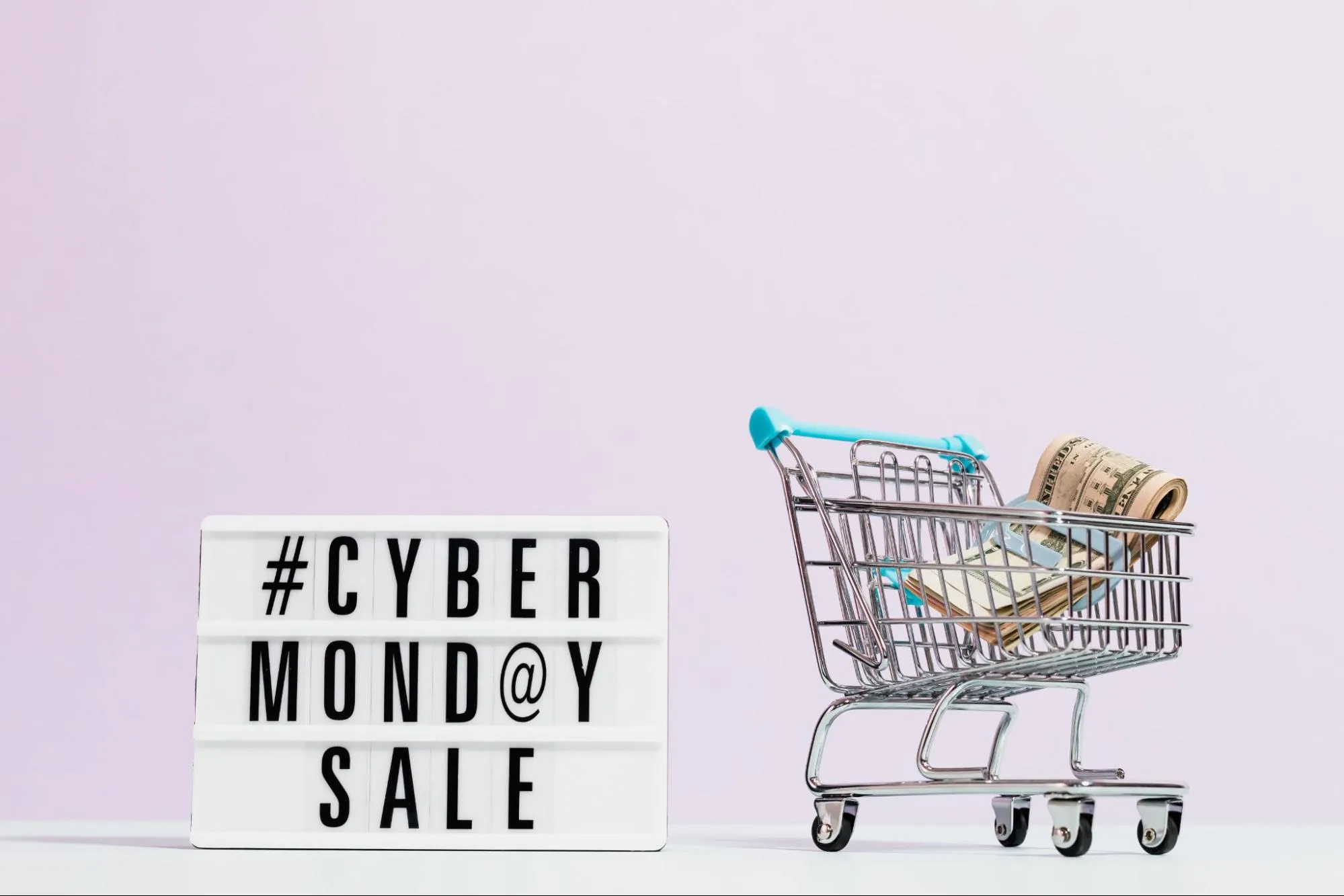9 Millennial-Friendly Email Marketing Tips
To engage the millennial audience effectively through email marketing, we’ve gathered insights from industry experts, including growth strategists and marketing managers. From incorporating visuals and transparency to ensuring your emails come with a name, explore the nine savvy tips these professionals recommend for making your email marketing resonate with millennials.
- Incorporate Visuals and Transparency
- Leverage the P.S. Statement
- Keep Emails Short and to the Point
- Personalize Content and Optimize for Mobile
- Emphasize Cultural Sensitivity in Content
- Craft Irresistible Subject Lines
- Embrace Visual Storytelling
- Highlight Sustainability Efforts
- Ensure Emails Have a Name Attached
Incorporate Visuals and Transparency
Studies indicate that 64% of millennials find email newsletters effective for brand connections. Notably, email is a potent channel, influencing the purchase decisions of 50.7% of millennial customers. So, here are three elements that you can implement to make your email more millennial-friendly.
First and foremost, visuals are crucial for marketing, no matter your audience, so here’s where we’ll start. Focus on visually engaging content that both grabs attention and is authentic. Millennials care about a business’s values, so keep consistent and transparent.
Also, ensure that your emails are mobile-friendly. The majority of millennials tend to check their emails before their workday and much prefer email marketing compared to other channels. Optimize the design for smaller screens.
Finally, create a strong call to action that prompts millennials to take immediate and clear steps. Whether it’s making a purchase, signing up for an event, or sharing content on social media, a compelling CTA enhances engagement and encourages action.
 Michaella Masters
Michaella Masters
Growth Strategist, Codific
Leverage the P.S. Statement
One tip for making your email marketing more millennial-friendly is to creatively utilize the P.S. statement. Millennials, known for their quick consumption of content, often skim emails. A compelling postscript at the end of your emails can catch their attention and deliver a punchy, memorable message.
Use this space for your most important call to action, a special discount code, or an intriguing piece of information. This not only revives interest but also adds a personal touch, making it more likely for millennials to engage with your content and take the desired action.
 Jaya Iyer
Jaya Iyer
Marketing Manager, Teranga Digital Marketing LTD
Keep Emails Short and to the Point
Do you want to appeal to millennials with your email marketing? Here’s a great piece of advice: Make sure it’s brief, sharp, and visually appealing!
Emails should be concise and effective because millennials value material that is short and to the point. Create compelling subject lines that will make readers curious and want to click through. Remember to include visually stimulating content in your emails, such as pictures or videos, to increase reader engagement and sharing. These pointers can help you draw in millennials and increase the exposure and interaction of your business.
 Simon Brisk
Simon Brisk
Founder and SEO Strategist, Click Intelligence
Personalize Content and Optimize for Mobile
One tip I can offer is to personalize your content and make it relevant to their interests and preferences. Millennials value authenticity and personalized experiences, so tailoring your email campaigns to their specific needs can significantly improve engagement. Segment your email list based on demographics, behaviors, or preferences, and create targeted content that resonates with each segment.
Incorporate dynamic content, such as personalized recommendations or exclusive offers, to make the emails feel more personalized and relevant. Another thing to keep in mind is to make sure that your emails are mobile-friendly, as millennials heavily rely on mobile devices for email consumption.
By personalizing your content and optimizing for mobile, you can make your email marketing more appealing and effective for millennial audiences.
 Travis Willis
Travis Willis
Director of Customer Success, Aspire
Emphasize Cultural Sensitivity in Content
Don’t be a tone-deaf brand. Millennials care about societal issues, so do your best to be culturally sensitive. This is just one of the steps needed to make them loyal customers. You may not be particularly memorable to them at first, but accidentally rolling out controversial content may prove to be detrimental to all future marketing efforts, even beyond their inbox.
 Kristel Kongas
Kristel Kongas
CMO, Inboxy OÜ
Craft Irresistible Subject Lines
Crafting irresistible subject lines is pivotal for effective, millennial-friendly email marketing. Engaging headlines capture attention instantly, ensuring your message stands out in cluttered inboxes.
Create subject lines that resonate with the millennial mindset, offering value and relevance. Tailor them to spark curiosity, driving recipients to open emails eagerly. This approach aligns with millennials’ preference for succinct, compelling content that adds immediate value to their lives.
By adopting this strategy, your emails become more than just messages; they become invitations to discover valuable insights, promotions, or opportunities. This straightforward and results-oriented technique enhances the likelihood of your emails being noticed and acted upon in the fast-paced digital landscape, aligning with millennials’ desire for efficiency and meaningful interactions.
 Kate Cherven
Kate Cherven
Marketing Specialist, United Site Services
Embrace Visual Storytelling
The number-one way I make my email marketing content truly millennial-friendly is by embracing visual storytelling through dynamic mediums versus long blocks of text.
Our generation consumes information faster on mobile with limited attention spans. Though I love writing comprehensive side-hustle guides, cramming that much heavy copy into inboxes simply doesn’t compel or retain millennials.
Instead, I focus my subscriber communications on punchy money stats paired with vibrant graphics, optimizing for small screens. I also thread bite-sized side-hustle advice across mini-series emails, building anticipation rather than overloaded one-offs.
The key is conveying financial education visually through easily “skimmable” formats, relying more on strong imagery versus dense paragraphs. Striking graphics, minimalist formatting, and transparency are essentials.
Since tailoring my newsletters for millennial consumption habits, click-through rates have doubled. Remember, writing less while spotlighting visuals makes all the difference for modern audiences. Putting legibility and creativity first resonates much stronger!
 Brian Meiggs
Brian Meiggs
Founder, My Millennial Guide
Highlight Sustainability Efforts
Millennials are socially conscious consumers who frequently choose brands that are committed to sustainability and social responsibility. In your email campaigns, highlight your brand’s environmentally-friendly methods, ethical sourcing, and community involvement. Share stories about your activities and relationships that help make the world a better place.
By demonstrating your commitment to making a positive difference, you’re more likely to connect with millennials, who actively seek brands that share their beliefs.
 Adam Crossling
Adam Crossling
Marketing and New Business Director, Zenzero
Ensure Emails Have a Name Attached
We have to consider that many millennials have encountered an array of spam- and virus-laden emails during the internet’s heyday. They’re more cautious when it comes to opening emails, particularly from senders they’re unfamiliar with.
One vital tip for making your email marketing friendly for millennials is to ensure your email campaign appears genuine and personal. This can be achieved by using a legitimate email with a domain name, preferably one that includes the name of an employee.
For example, company emails starting with ‘info@’ often appear impersonal and are therefore more likely to be dismissed or even flagged as spam. By incorporating a personal touch to your email campaigns, you can build trust and rapport among millennial customers.
 David Rubie-Todd
David Rubie-Todd
Co-Founder and Marketing Head, Sticker It
Submit Your Answer
Would you like to submit an alternate answer to the question, “What is one tip for making your email marketing millennial friendly?”



















































































